Note: The Spanish edition of this novel was WINNER of La Otra Orilla Prize when it was published in 2009. Europa Editions has just released it in English.
“These fateful years that it has befallen us to live through would be more suitable for seclusion and solitude, [but] the intellect must continue its work in the midst of the most horrifying circumstances, it’s always been that way, and today more than ever, when the present is growing ever angrier as if to punish us, it is worthwhile looking at the past, turning to memory…because in memory lies the origin of ourselves and of reality” –President, International Conference on Biography and Memory (ICBM)
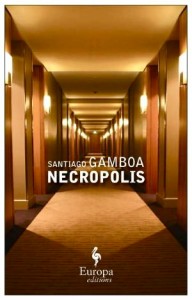 While the head of the ICBM is addressing participants at a literary conference in the King David Hotel, Jerusalem is being shaken by bombs. When the lights go out, the conference simply continues by candlelight. Attending this conference is the novel’s unnamed speaker, “E.H,” now living in Rome in the aftermath of a two-year convalescence from a serious illness. He has written nothing at all during that time, and he has no idea why he has been invited. The list of other participants offers him no clues: one man is an expert in Jewish religious texts and is a passionate lover of chess; another, from Colombia, collects stamps and has written a grammar book; a third, a Miami-based, former evangelical pastor, ex-con, and drug addict has written only religious texts; and the lone woman, a porn actress and the founder of the highly successful Eve Studios, has been the star and producer of Screw Me, Screw Me, I Don’t Want this to End. Each of these participants will tell a novella-length story during this conference on biography and memory, and as their stories unwind, the reader begins to see that just as Jerusalem is a kind of necropolis, a memorial to mankind’s complex past, so, too, is the conference itself, with its emphasis on each character’s inner “necropolis” as s/he revisits the sometimes horrific past.
While the head of the ICBM is addressing participants at a literary conference in the King David Hotel, Jerusalem is being shaken by bombs. When the lights go out, the conference simply continues by candlelight. Attending this conference is the novel’s unnamed speaker, “E.H,” now living in Rome in the aftermath of a two-year convalescence from a serious illness. He has written nothing at all during that time, and he has no idea why he has been invited. The list of other participants offers him no clues: one man is an expert in Jewish religious texts and is a passionate lover of chess; another, from Colombia, collects stamps and has written a grammar book; a third, a Miami-based, former evangelical pastor, ex-con, and drug addict has written only religious texts; and the lone woman, a porn actress and the founder of the highly successful Eve Studios, has been the star and producer of Screw Me, Screw Me, I Don’t Want this to End. Each of these participants will tell a novella-length story during this conference on biography and memory, and as their stories unwind, the reader begins to see that just as Jerusalem is a kind of necropolis, a memorial to mankind’s complex past, so, too, is the conference itself, with its emphasis on each character’s inner “necropolis” as s/he revisits the sometimes horrific past.
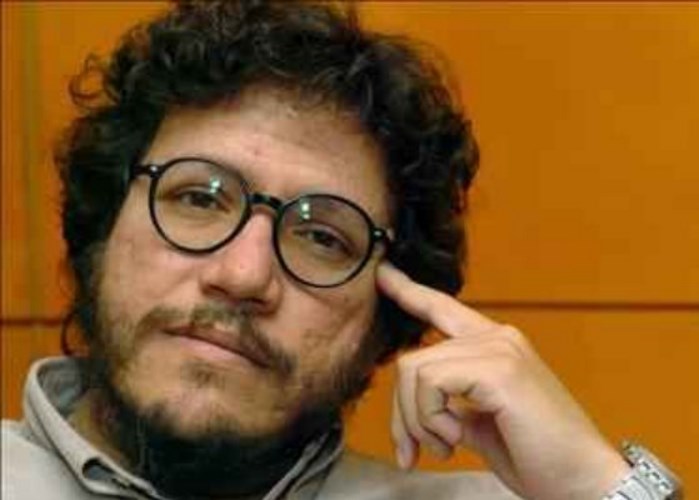 As the speaker sets out for Jerusalem, he carries with him a first draft of his lecture, Words Written in the Cave of Silence, “in which I tried to explain that the literary concept of words is that of an underground stream that runs very deep, dictated by the distant, obscure howling of creation.” Picked up by limo at the airport in Tel Aviv, he notices the Trappist Monastery of Our Lady of Sorrows at Latrun and passes long military convoys along the road. Jerusalem is smoking upon his arrival.
As the speaker sets out for Jerusalem, he carries with him a first draft of his lecture, Words Written in the Cave of Silence, “in which I tried to explain that the literary concept of words is that of an underground stream that runs very deep, dictated by the distant, obscure howling of creation.” Picked up by limo at the airport in Tel Aviv, he notices the Trappist Monastery of Our Lady of Sorrows at Latrun and passes long military convoys along the road. Jerusalem is smoking upon his arrival.
What follows is a novel packed full of non-stop action even as it considers some of life’s biggest subjects: life and death, God (“the Big Enchilada”) and Satan, love and sex, truth and lies, poverty and wealth, memory and reality, language and the past, and assorted related subjects such as the need for solitude and for hope, the irresistible urge for revenge, and the inescapable violence which is responsible for the declining civility of modern life. Despite the extraor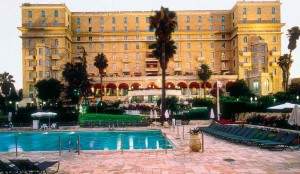 dinary number of these “heavy” metaphysical themes and the sometimes allegorical connotations, however, Colombian author Santiago Gamboa, creates a can’t-put-it-downer of a novel, filled with excitement and unusual characters leading unusual lives.
dinary number of these “heavy” metaphysical themes and the sometimes allegorical connotations, however, Colombian author Santiago Gamboa, creates a can’t-put-it-downer of a novel, filled with excitement and unusual characters leading unusual lives.
The first and longest story is told by Jose Maturana, a former bank robber and drug addict, whose violence has landed him in Moundsville Prison in West Virginia. After being beaten up so badly by visiting evangelical preacher Walter de la Salle that he needs to recuperate for three weeks in the prison infirmary, Jose becomes a convert. Walter, a body builder covered with tattoos, eventually helps Jose get out of prison and gives him a job with the ministry. With the aid of Miss Jessica, who “fell out of the sky,” Walter and Jose expand the ministry, visiting prisons and nursing homes. Eventually, the ministry becomes huge – and extremely wealthy – and Jose begins to suspect financial misdealings. Now, twelve years later, Jose brings the conference up to date on his story. Hours later, he is found dead in a blood-drenched bathroom, declared a suicide.
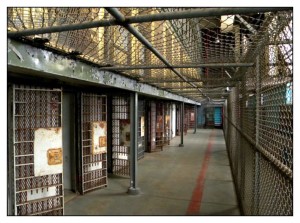
The second story is the tale of two chess champions from Poland and Sweden, their marriages and later widower-hood, and their long friendship. Chess provides them with the continuity of life which they seek, and their friendship becomes a strong theme that contrasts with the “friendship” between Jose and Walter. The third story tells of hardworking Colombian Ramon Mela Garcia, a shop owner who is unwilling to pay extortion to paramilitaries, who then accuse him of collusion with FARC in drug-running. Eventually betrayed, he plans a terrible revenge. The last story, Sabina Vedovelli’s, is as pornographic as her film career, with no holding back here in the graphic descriptions of what she does to please her partners and her film fans. Her film company, she says, tries to convey stories that are “the last bastion of a truth that’s on the verge of disappearing from the world forever, and not because of a war…[but because of] infinite human stupidity…it’s in the body that it must be won,” an unusual view of society which provides an ironic approach to fixing today’s problems.
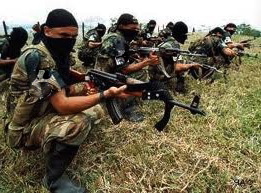 Literary ironies and humor also play a part in the novel. Salvadoran author Horacio Castellanos Moya (one of my personal favorites), along with Stefan Zweig, Bruno Schulz, Bohumil Hrabal, and Philip K. Dick have all written books the author wants to take to the conference, along with Truman Capote’s Breakfast at Tiffany’s, Amos Oz’s A Tale of Love and Darkness, and Hotel Savoy by Joseph Roth. A lawyer in the chess story is named “Uriah Heep,” a character from David Copperfield, and the whole story about the revenge-seeking auto repair shop owner is reminiscent of The Count of Monte Cristo.
Literary ironies and humor also play a part in the novel. Salvadoran author Horacio Castellanos Moya (one of my personal favorites), along with Stefan Zweig, Bruno Schulz, Bohumil Hrabal, and Philip K. Dick have all written books the author wants to take to the conference, along with Truman Capote’s Breakfast at Tiffany’s, Amos Oz’s A Tale of Love and Darkness, and Hotel Savoy by Joseph Roth. A lawyer in the chess story is named “Uriah Heep,” a character from David Copperfield, and the whole story about the revenge-seeking auto repair shop owner is reminiscent of The Count of Monte Cristo.
Reading this book is a total experience, and I find myself still thinking back to it over and over again, trying to connect all the stories and themes into a coherent whole – I’m still working on that. The novel’s conclusion raises even more questions about the dark direction in which the author sees civilization moving. Often compared to Gabriel Garcia Marquez, especially in the choice of his themes, Gamboa does not veer into Marquez’s magic realism, making a few reference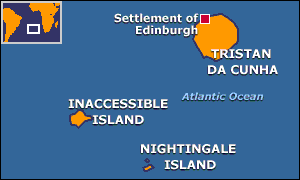 s to things like the “glowing eyes,” of an evil character, but containing them within the context of a particular character’s story and not using them for the arc of the plot. Challenging, thoughtful, and often fun, this is the most ambitious new novel I’ve read in a very long time.
s to things like the “glowing eyes,” of an evil character, but containing them within the context of a particular character’s story and not using them for the arc of the plot. Challenging, thoughtful, and often fun, this is the most ambitious new novel I’ve read in a very long time.
ALSO by Santiago Gamboa: NIGHT PRAYERS
Photos, in order: The author’s photo appears on https://www.las2orillas.co/
The King David Hotel in Jerusalem is seen here: http://www.islamic-architecture.info
Moundsville Penitentiary, in West Virginia, where Jose spent time, is now a tourist attraction. http://www.thehiat.org/2010/11/moundsville-west-virginia-penitentiary.html
The photo of paramilitaries in Colombia is from http://mauro-santayana-english.blogspot.com
The island of Tristan da Cunha, mentioned in the novel, is the most remote island on earth, located 1750 miles from the nearest land (South Africa) and 2088 miles from South America. It has a population of 275 people. The adjacent islands are wildlife reserves. http://news.bbc.co.uk/2/hi/africa/1372203.stm
ARC: Europa Editions
